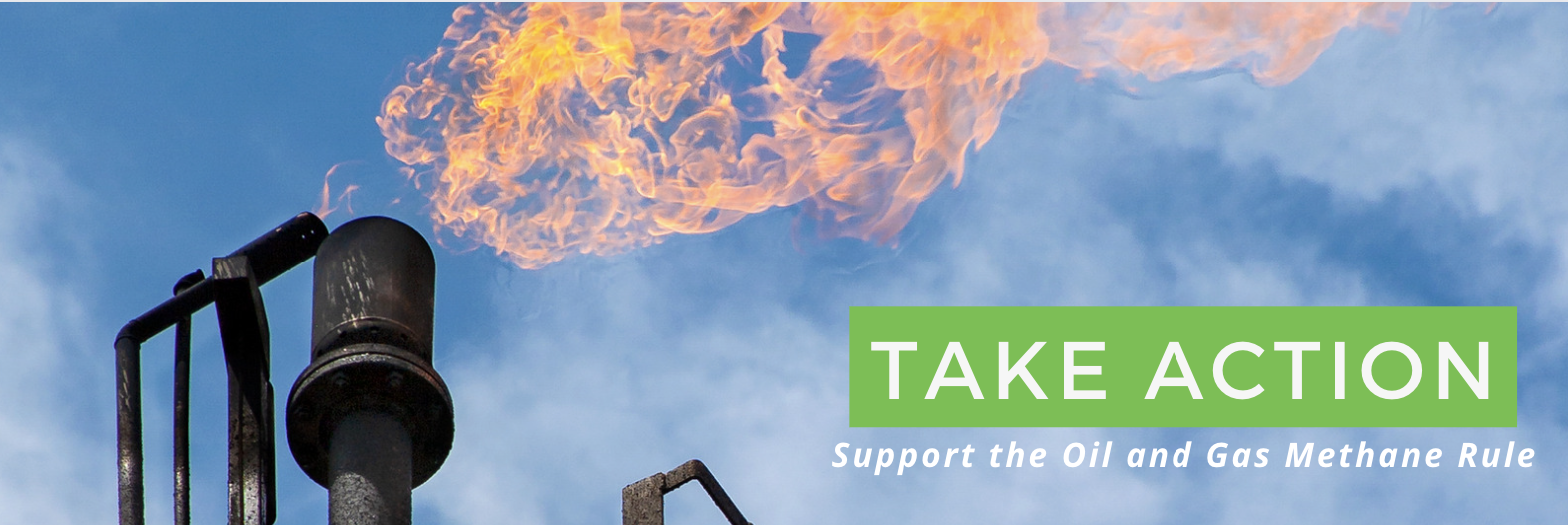Strong EPA rules are a critical tool as we work to protect our communities and the environment from dangerous pollution.
Cary Ritzler | February 7, 2023 | Climate Change, Energy Justice, Energy PolicyThe EPA is currently working on several important proposed rules to protect against energy sector pollution, but some industry interests will fight for weaker rules so they can maximize their profits. SACE is calling on individuals and community leaders to comment on proposed rules during public comment periods to guarantee the strongest protections.
Our Clean Energy Future
Imagine waking up in a warm house where your car has been plugged into the wall all night and is ready to take you wherever you need to go with no noisy, smelly exhaust. Imagine putting your kids on a quiet bus that’s not rattling and spewing fumes as it stops at houses throughout the neighborhood. Imagine knowing that every light, appliance, and piece of equipment you need is running on clean energy. Imagine knowing that the food you eat is produced in factories and farms that manage their pollution to keep neighboring communities safe. Imagine no more bad air quality alerts keeping people from enjoying the outdoors.

This is the future that’s available to us and is made easier through federal investments in clean energy provisions and strong rules that regulate pollution. Building on investments from the Inflation Reduction Act (IRA), the Biden Administration has the opportunity to create strong rules that limit harmful pollutants and can create the conditions for a 100% clean power future where communities are protected from the worst outcomes of climate change, so people can live full lives powered by clean energy.
Is 100% Clean Electricity Possible by 2035?
Achieving a clean power grid is a necessary step to meeting the United States’s pledge to the world to reduce our economy-wide climate pollution by 50% by 2030 and help do our part in reducing pollution enough to hold climate warming below 1.5 degrees Celsius. The IRA is expected to allow the US to cut economy-wide emissions by 40% by 2030, which falls just short of meeting the goal. A recent report by Evergreen Action and the National Resources Defense Council (NRDC) outlines steps the Biden Administration needs to take to close the gap and reduce emissions further by decarbonizing the power sector and providing 100% clean power by 2035, including rule-making to set air pollution limits under the regulatory authority of the Clean Air Act (CAA).
Under President Biden’s direction, the Environmental Protection Agency (EPA) has recently proposed two rules to do just this by clamping down on harmful particulate matter (soot) and planet-warming methane. While the proposed methane rule is strong enough to dramatically impact warming over the coming decades, the soot rule does not go far enough to protect human health.
New Rules to Reduce Emissions and Protect Our Health
When new rules are proposed, the EPA typically allows 60 days of public comment. This is an opportunity for stakeholders to weigh in on the rules. We know that the fossil fuel industry prefers weak rules because they profit by polluting our communities. But we are ALL stakeholders in preserving a livable world and protecting ourselves and our families from polluted air and destructive climate change. That’s why SACE is calling on individuals and community leaders to write their own comments to the EPA asking for strong rules during open comment periods. Today, we are calling on SACE members to support the new oil and gas methane rule and demand stronger health protections by strengthening the soot rule. Comments will be entered, along with your name, on the federal register for EPA officials to review.
Read below for more information about the two rules currently open for public comment.
Methane Rule
The methane supplemental rule was published in December 2022 and will be open for public comment until February 13, 2023. Methane is a relatively short-lived but potent greenhouse gas, and reducing methane emissions can have a major impact on reducing warming over the next several decades. Currently, methane is thought to be responsible for about 0.5 degree of global warming, and about 30% of the warming. Slowing methane emissions can have a near immediate effect in slowing global warming.
The EPA has proposed to strengthen earlier methane rules to cut methane and other harmful pollutants from new and existing oil and gas industry operations. That’s why we are asking our members to ask the EPA to quickly finalize the methane supplemental rule with the strongest possible standards in place. Our comment tool has additional information about the methane rule.

Comment on the Methane Rule before 2/23
Soot Rule
The EPA has also proposed a new soot rule that would limit particulate matter pollution (also known as soot, or PM 2.5) in our air. Unfortunately, the EPA’s proposed allowable level of PM, while lower than the current regulations, is not low enough to adequately protect human health, according to health and environmental experts. The EPA is currently proposing to lower the limit to between 9 and 10 micrograms per cubic meter (mcg/m3) daily and 35 mcg/m3 annually, whereas public health experts have specified that anything above 8 mcg/m3 daily and 25 mcg/m3 annually is harmful to human health.
The harmful effects of soot are concentrated in neighborhoods predominantly of low-income, and Black and brown households, which are more likely to be near pollution sources. Experts estimate that lowering the limit to 8 mcg/m3 could save 20,000 lives per year – lives that are at risk with a higher standard. Act now to tell the EPA to strengthen their proposed rule and save tens of thousands of lives!

More to Come!
The Biden Administration is expected to propose carbon pollution limits for power plants later this year, which will be hugely consequential for limiting carbon dioxide emissions–please stay tuned for those this spring when your voice will be needed again!
Click here to get involved with the grassroots Renew Georgia campaign!